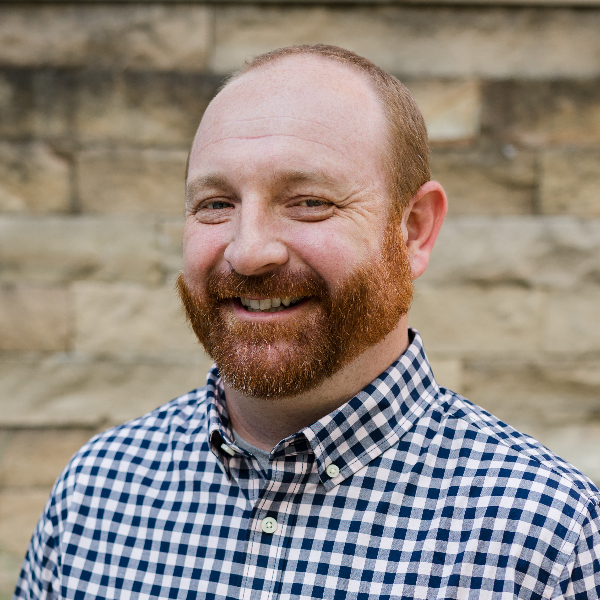How One Church Prepares Its Missionaries Before They Go
In previous posts, we’ve talked about the need to be proactive instead of reactive concerning missions sending from your church. This means working in advance to cast vision, assess, and equip people from your own church to be international missionaries. This may sound like a daunting task, but I am convinced that any church regardless of size can (and should) take a proactive approach to missionary sending.
Of chief concern in this process is the equipping that missionaries receive prior to going. For a long time now, many local churches have outsourced this equipping to missions sending agencies and seminaries. I believe in some instances churches do not feel they can adequately train someone for cross-cultural ministry. In other cases, I think it is simply easier to let someone else do it. Regardless, I think both views are unhelpful if a church wants to foster a vision for sending.
[pullquote align=”left” cite=”” link=”” color=”” class=”” size=””]A Christian’s primary equipping for any ministry should come from their local church. Missions is no exception.[/pullquote]
While missions sending agencies and seminaries are good things, and they can provide specialized training that help in the long run, a Christian’s primary equipping for any ministry should come from their local church. Missions is no exception. The orientation at a missions agency will provide your church’s missionary with valuable understanding of their organizational culture, specific strategy, and even tools for language acquisition. However, there are far more important things a missionary should know before they step foot in that orientation.
Local churches should equip their sent out ones with crucial biblical and theological understanding of the missionary task. It is the church’s responsibility to see that their missionary understands why missions is so important. In addition, since good missions strategy relies heavily on planting new churches, there is no better place for a missionary to understand the dynamics of church than in a local church. Even if the missionary will be planting churches under mango trees in the jungle, there is much to be learned about the “hows” and “whys” of local church.
In order to accomplish this, a church can set up an equipping process for its potential missionaries. There are a number of benefits to creating a missions residency in your local church. First, this will allow all of your members who want to go to get to know each other better. This way, they can begin to learn and grow together as they prepare. Secondly, a missions residency is a significant way to assess the readiness of your potential missionaries. While we should want to send as many missionaries as possible, not everyone is ready and good shepherding looks for this. Finally, a missions residency allows the church to instill vital concepts into their missionary prior to sending. In this setting they can receive intense discipleship in the gospel, Bible study and storying, evangelism, and doctrine of the church. This is where a missionary is reminded that they are still part of your church, even across the ocean, and they have a care team back at home. It also serves as the place to work out any processes prior to them leaving to ensure their care. A missions residency can be an important facet of discipleship in a local church.
Below is a brief example of the missions residency we have started at my church. Our goal has been providing robust discipleship without burdening our already busy members with more than they can do. However, the process has high expectations and includes practicum pieces that expect our future missionaries to be engaging cross-culturally here before they go.
A Missions Residency Program with Three Rails
We envision our residency as a track to international missions with three “rails.” The train will not move if one of the rails is not in place, so we want each candidate to develop in each of the rails over the course of the residency. Ours lasts for one year, but it could be shorter or longer depending on the church and its needs.
Rail One: Head
The first rail is the one most people expect. We meet regularly to go over lesson material in preparation for their missionary term. Of course, this curriculum can be customized by any church to meet their needs. At minimum, it is helpful to equip the missionary with a solid understanding of the gospel and how to share it, the basics of a healthy church and how that will apply when they plant them, and a good dose of simple Bible study practices they can take overseas and teach others. Of course, other topics such as poverty ministry, cultural acquisition, and conflict resolution are all important as well. In ours, we typically select a popular level book each month and have them read it and prepare to discuss.
Rail Two: Heart
There is more to preparing a missionary than filling their head with facts. We also want to care for their emotional and spiritual state. This rail concerns itself with building care teams for the missionaries before they are sent. At our church, we expect the missionary to build their own care team before they go. In this way, they personally know the people who will be communicating with them and caring for them while they are away. At the beginning of the residency, potential missionaries are asked to find a care team leader. Over the course of the year, they will work with that leader to develop the rest of the team. This way, they can begin praying together and developing the emotional bonds that will prove so vital during their term.
Rail Three: Hands
Finally, we will not send anyone overseas to be a missionary who is not willing to be one in their own community. Our church is in a decent size city, so we have access to dozens of international people groups right here in the community. It is an expectation in our equipping that these future missionaries will begin real, hands-on ministry to internationals while they are preparing to go. This allows them to put into practice the teaching we do as well as gain experiential knowledge of the task ahead. It also advances our church’s mission to our own city by reaching out to the nations that are our neighbors.
Every local church does not have to prepare their missionaries in this exact manner; however, every local church should have a plan in place. In fact, your church may be doing something different that you could share below.
For more information, or examples of the materials we use, you can shoot me an email at [email protected].
Photo By 70023venus2009




